How to Buy a Diamond: Tips From an Expert Jeweler
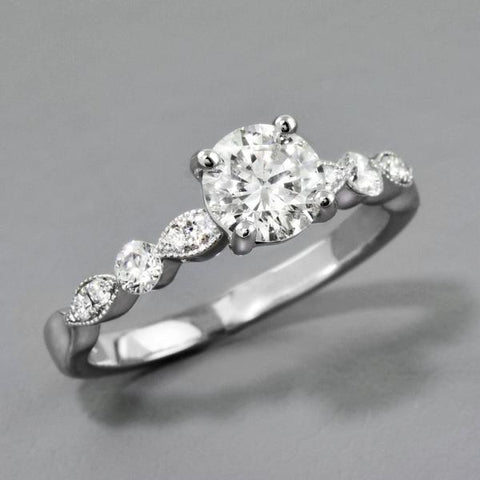
Choosing a diamond is an exciting and thrilling experience. Whether the diamond is for an engagement, a personal milestone, or just because you’d like to own a beautiful gem, it’s a wonderful gem to own. However, choosing the right diamond can be somewhat intimidating.
Here at Plante Jewelers, we love to help our clients find the most beautiful diamond that is perfect for their preferences and style. Seeing, handling, and comparing diamonds in person is the best way to choose your diamond. Understanding what you are looking at helps you feel confident when you are shopping for a diamond.
The 4Cs—Cut, Color, Clarity, and Carat—give you a framework to start to compare diamonds and their characteristics, to help you understand the factors that affect beauty and rarity. GIA created the first accepted standard for describing diamonds, and it’s now the universal method for assessing the quality of any diamond globally.
Here’s what you should know about the 4Cs so you can purchase the best diamond for you.
Diamond Cut
When looking at diamonds, cut refers not to the shape of the diamond, but to how well it is proportioned. The cut of a diamond should be your first priority. The diamond’s distinctive fire, brilliance, and beauty all emerge from the precise workmanship of the gem. An ideally-cut diamond is incredibly precious, not just from a value perspective, but in the way it makes you feel every time you look at it.
The round brilliant-cut shape has the greatest potential for creating a wonderful display of refracted and reflected light. The proportion of the cut—that is, the relative angles of the facets—determines how the diamond sparkles.
If you are interested in fancy-shape diamonds (princess cut, Asscher cut, emerald cut, or pear or oval shape), you will find that the fire or sparkle is different when compared to round diamonds with the best proportions. Each shape has its own beauty. Step-cut diamonds, such as emerald cut or Asscher cut, have an elegant look rather than a fiery sparkle. Looking at diamonds of different cuts and shapes will help you decide which is most appealing to you.
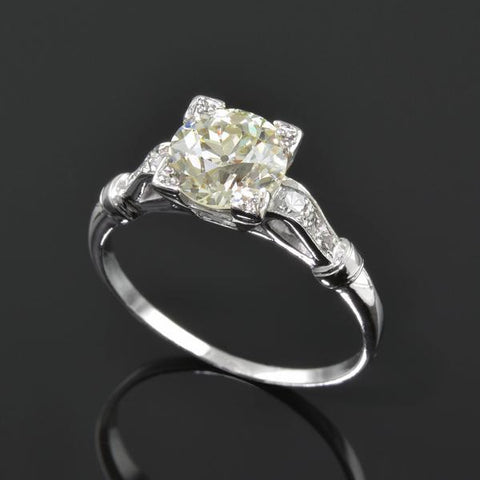
Diamond Color
Diamonds can be found in many colors. Overall, there are two color groups: traditional white diamonds, including a variety of tones; and fancy color diamonds, with each color found in a variety of intensities. Fancy colors include yellow, orange, pink, red, violet, green, blue, gray, and brown. When it comes to traditional white diamonds, the icy-white color is the rarest and most expensive color.
Color grades are alphabetical from D to Z, with the most colorless being graded D. Keep in mind that the rarest color grade may not be the most appealing one to you. Each person perceives color tones differently. For example, some people are drawn to warmer-tone diamonds, while others want a very white look. So, comparing diamonds of different tones will help you choose one that is attractive to you.
If you are interested in a unique fancy color, yellow, gray, and brown are the most affordable options.
When looking at and handling white diamonds, you will notice flashes of colored light—blue, red, yellow, green—that occur no matter what the color grade is. These flashes are referred to as “fire.” A well-proportioned diamond will show more fire, and this can create beauty, even when the diamond is a lower color grade.

Diamond Clarity
Clarity can have a large impact on diamond prices. Clarity is generally based on how easy it is to notice inclusions (“flaws”) in the gem. But diamonds with the highest clarity—termed “flawless diamonds”—cannot even be distinguished from nearly-flawless diamonds with the naked eye. Those who notice fine details may opt to sacrifice some size for better clarity. Gems with a few inclusions—minute imperfections that occur as the diamond is being formed—may boast great beauty as well.
Sometimes an inclusion can even be considered a “beauty mark”—a unique characteristic that has been locked inside your diamond for a billion years.
Clarity grades range from Flawless all the way to 13, which means the diamond contains inclusions that can be easily seen without magnification.
Again, seeing a diamond in person and moving it in the light is the best way to choose a beautiful diamond. The sparkle of a well-proportioned diamond can “hide” a lower clarity grade.
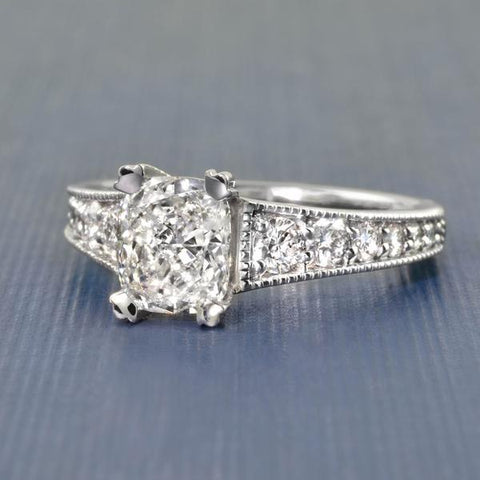
Diamond Carat Size
Carat simply refers to the diamond’s weight. There are 100 points in one carat. The size of a diamond is also a key driver of a diamond’s value. As the size of a diamond increases, its value increases exponentially. The reason for this is that a greater number of small diamond crystals are found compared to larger ones, making large crystals much more valuable.
One way of working with size and to help you stay in budget is to choose a diamond that is slightly smaller than the size you were originally considering. For example, let’s say you want a one-carat diamond. However, you can save a lot by choosing a diamond in the 90-point size range. This slight difference will have a considerable effect on the cost, and the diamond will be just as amazing. A benefit of choosing a slightly smaller diamond that has a perfect proportion of cut is that it will be much more beautiful than a larger, poorly-proportioned diamond.
The Best Diamond For You
As you can see, there are a lot of aspects in choosing a diamond. Most importantly, seeing how each of the 4C’s interact and affect each other will help you make the right choice. Knowing how much you can spend will help you and your jeweler—your personal guide—to find the best diamond.
Your diamond is at least a billion years old. You will enjoy it for a lifetime, and it can be handed down to future generations. It’s worth taking the time to select the prettiest diamond—one that will bring beauty into your life every day. When making a decision, our most important tips are: relax, take your time, and trust your instincts and eyes. Remember, Plante Jewelers is always here to help you in the diamond selection process.
Leave a comment
Comments will be approved before showing up.


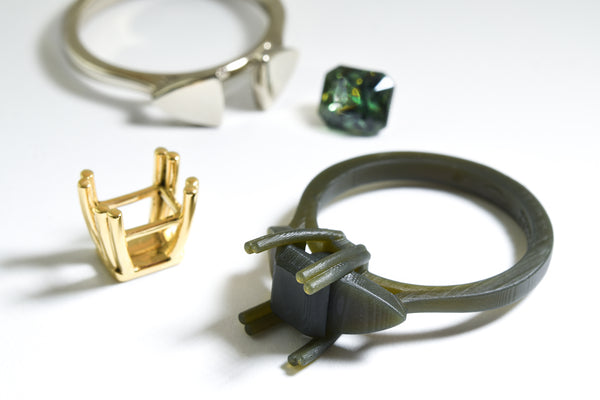
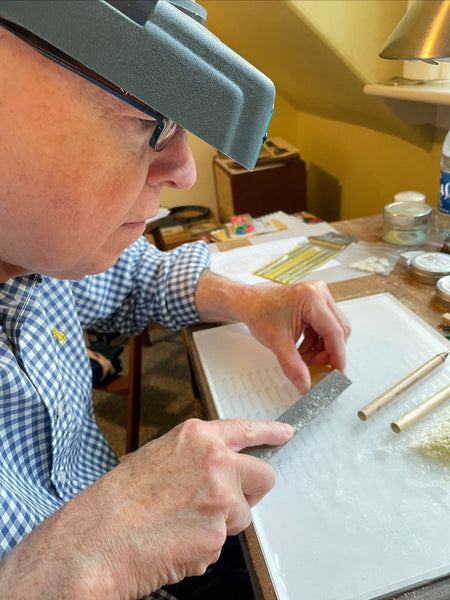
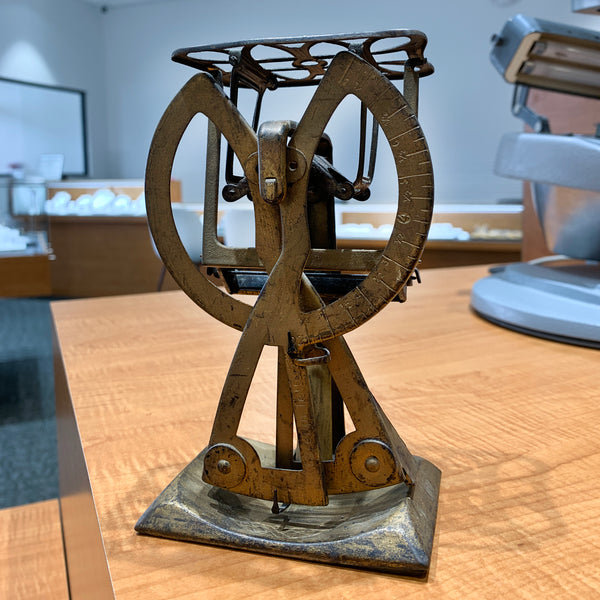
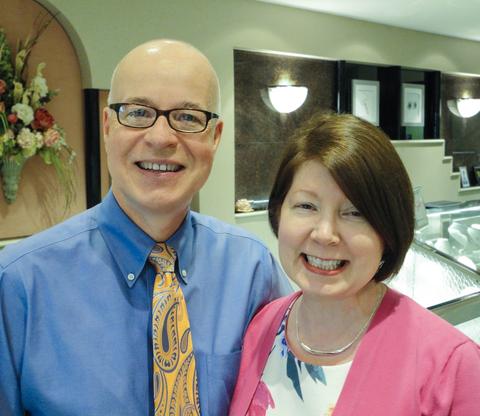
Nancy Plante
Author